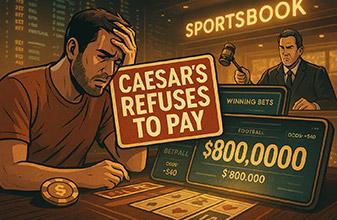Big bet
Your "big bet" is the largest bet you would make with whatever bet spread you are using. It is, in my opinion, a better criteria to use for bet sizing than the basic "unit" that is often used. For example, if you are playing with a $100 big bet, you might play a one to four spread in single deck, going from $25 to $100. Instead of using your $25 unit as your determiner for your bet spread, use the $100 big bet to determine your spread. This would mean you might spread from $15 to 2 x $50 at a double deck table or from $5 to 2 x $50 at a six deck game, for example.
When thinking of your bankroll, instead of thinking in individual units, think in terms of big bets. Perhaps your bankroll consists of 100 big bets. If it gets down to 75 big bets, you may want to resize, using Kelly as the basis for resizing (it doesn't have to be 75 big bets, which is an arbitrary figure used for purposes of setting an example). One way to do this would be to determine the Kelly bet for the average game you wish to play. Multiply this times the top of the bet spread that is appropriate for that game and then use this as your big bet and determine your bet size for other games based on that big bet. This way, your minimum betting unit will change with the quality and type of game you are playing, which means you will automatically be making adjustments for risk of ruin with each game you play. You can, of course, make similar upward adjustments as your bankroll grows, although it is a good idea in general to be more conservative when resizing bets upward than you would be going in the other direction.
This is only a rule of thumb and there are other criteria that should be used in determining bet size, especially the tolerance level of the particular casino in which you are playing, but it is one way to look at your bankroll and bet sizing that can keep your risk in the same ballpark most of the time.







.jpg)


